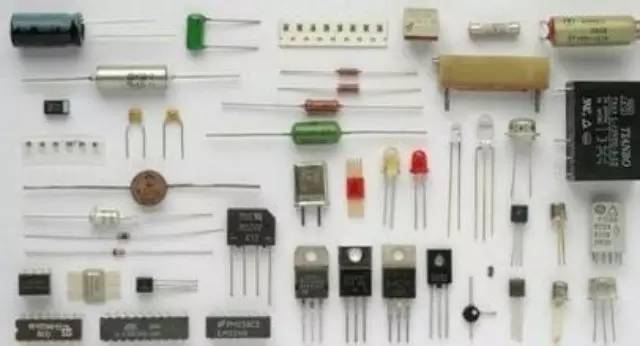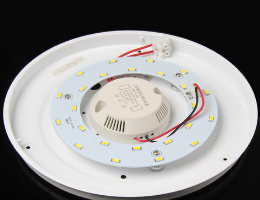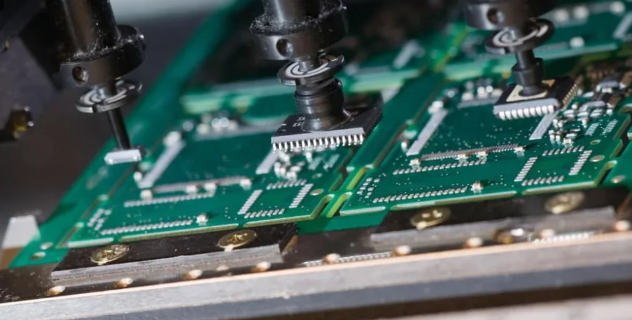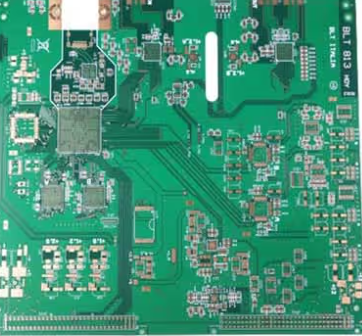What are the symptoms of damage to components on PCB?
In the circuit, electronic components are divided into strong and weak. The ranking of electronic components’ resistance is as follows:
Resistors, inductors, capacitors, semiconductor devices (including diodes, triodes, field tubes, integrated circuits). That is to say, under the same working conditions, semiconductor devices have the highest probability of damage.

When looking for faulty components, diodes, triodes, field tubes, integrated circuits, etc. should be checked first. Generally, semiconductor devices are damaged by breakdown.
The diode buzzer of the multimeter should measure any two pins of these devices with a minimum resistance of about 500 PN junction. If the buzzer is 80%, it is broken. You can remove it and measure it again to confirm.
In the circuit, components working under high voltage, high current, and high power are undoubtedly under great pressure and have a high possibility of damage. They are also key components and functional components of the circuit.
Where there is high current, there is high heat (Joule-Lenz law-heat is proportional to the square of the current), so all components with heat sinks are consumable parts. High-power resistors are also consumable parts. In the circuit, fuses and fuse resistors are the least secure components.
First, because of their low melting point, they are easy to break. Also, because they are used to protect others, they rush to the front line and act as guards, so they break first when they break.
Components can be damaged by overvoltage, overcurrent, and of course mechanical damage. Overvoltage damage is caused by lightning strikes, which break down bridge rectifiers. Overcurrent damage is caused by thermal breakdown of display line tubes.
There is no obvious change in the appearance of components damaged by overvoltage, but all parameters have changed. The surface temperature of components damaged by overcurrent is very high, with obvious changes such as cracks, discoloration, and small pits. In severe cases, the circuit board around the components turns yellow and black.
Common electronic components can be tested with a digital multimeter when they look normal.
Resistors: This is very simple, test whether the resistance value is correct.
Diodes: Use a digital multimeter to test the voltage drop of the PN junction, which can be compared with intact diodes of the same model.
Transistors: Whether it is an N tube or a P tube, a digital multimeter can be used to measure and test whether the two PN junctions are normal.
Field effect tube: Test whether the PN junction of the internal diode of the field effect tube is normal, and test whether GD and GS are short-circuited.
Capacitor: Non-polar capacitor, breakdown short circuit or desoldering, severe leakage or resistance effect.
The effective characteristics of electrolytic capacitors are: breakdown short circuit, increased leakage, reduced capacity or open circuit.
Inductor: The effective characteristics are: broken wire, desoldering
Chip: The internal structure of the integrated circuit is complex and has many functions. If any part is damaged, it cannot work normally.
There are also two types of damage to the integrated circuit: complete damage and poor thermal stability. When it is completely damaged, it can be removed and compared with the normal integrated circuit of the same model to measure the forward and reverse resistance of each pin to the ground.
It is always possible to find that one or several pins have abnormal resistance. For those with poor thermal stability, the suspected integrated circuit can be cooled with anhydrous alcohol when the equipment is working.
If the fault time is delayed or no fault occurs, it can be judged. Usually, it can only be eliminated by replacing a new integrated circuit.

Whether it is a fault caused by natural wear and tear or a fault caused by human damage, it can generally be attributed to three types of faults: open circuit contacts, damage to electronic components, and software failure.
If the contact is open, it is generally easier to repair if it is caused by broken wires, disconnection of plug-ins, poor contact, etc. However, damage to electronic components (except for obvious burnout and heat) is generally difficult to detect by observers.
In many cases, it must be detected and judged with the help of instruments. Therefore, for technicians, it is necessary to first understand the characteristics of the effectiveness of various components. This is extremely important for repairing circuit faults and improving repair efficiency.






